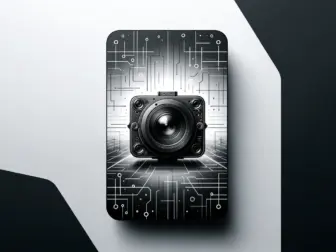Tag - Privacy and Security in IoT
Navigating the Complex Landscape of Privacy and Security in IoT Ecosystems
Navigating the Complex Landscape of Privacy and Security in IoT Ecosystems
The Internet of Things (IoT) has rapidly become an integral part of our lives, connecting everything from household appliances to industrial machines. This vast network of devices offers numerous benefits, including improved efficiency, convenience, and economic gains. However, it also poses significant privacy and security challenges that need to be addressed with urgency and care.
One of the primary privacy concerns in IoT is the sheer amount of personal data these devices can collect. From smart thermostats understanding our daily routines to fitness trackers monitoring our health data, the potential for sensitive information falling into the wrong hands is significant. Companies that manage IoT devices must ensure that they handle data responsibly, with transparent policies and strong data protection measures in place.
Moreover, the interconnected nature of IoT devices means that they can serve as entry points for cyberattacks that could compromise not just a single device, but an entire network. Cybercriminals can exploit vulnerabilities to gain unauthorized access, steal data, or even take control of devices. For instance, a hacker could infiltrate a smart home system, manipulating everything from locks to cameras, posing serious risks to the occupants’ safety and privacy.
To tackle these issues, manufacturers and developers must prioritize security from the earliest stages of IoT device design. This includes incorporating robust encryption, secure authentication processes, and regular software updates to patch any vulnerabilities. Companies should also embrace the concept of ‘security by design’, which means considering security at every stage of the product lifecycle, from conception to decommissioning.
Consumers, on the other hand, need to be aware of the potential risks and take steps to protect their own privacy and security when using IoT devices. This could mean changing default passwords, regularly updating firmware, and disconnecting devices when not in use. It’s also important for users to understand the privacy policies of the IoT devices they purchase to ensure they are comfortable with how their data will be used and shared.
Regulations also play a crucial role in ensuring privacy and security in IoT. Governments worldwide are beginning to recognize the need for laws and standards specifically designed for IoT. The European Union’s General Data Protection Regulation (GDPR) is one of the most prominent examples, setting strict requirements for data protection and granting individuals greater control over their personal information.
Nonetheless, creating a secure IoT environment is a complex task that involves collaboration between device manufacturers, software developers, consumers, and regulatory bodies. It requires a balance between innovation and regulation, ensuring that as the technology advances, privacy and security measures keep pace.
In conclusion, the proliferation of IoT devices has transformed the way we live and work, but it has also raised significant privacy and security concerns. Addressing these challenges is not a one-time effort but a continuous process that requires diligence and cooperation from all stakeholders involved. By taking a comprehensive approach to privacy and security, we can harness the full potential of IoT while safeguarding the personal information and safety of individuals.
